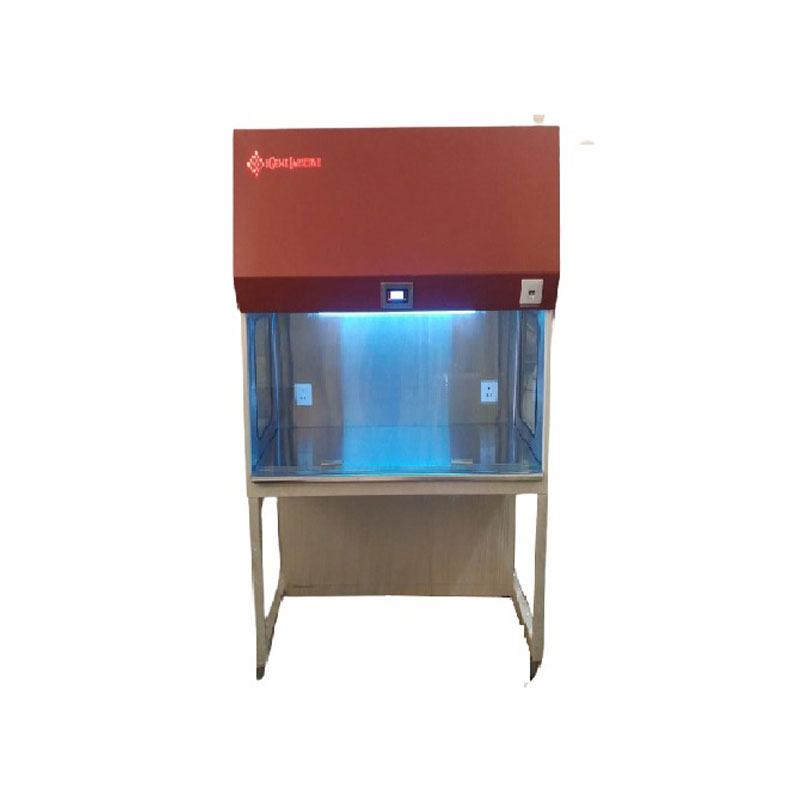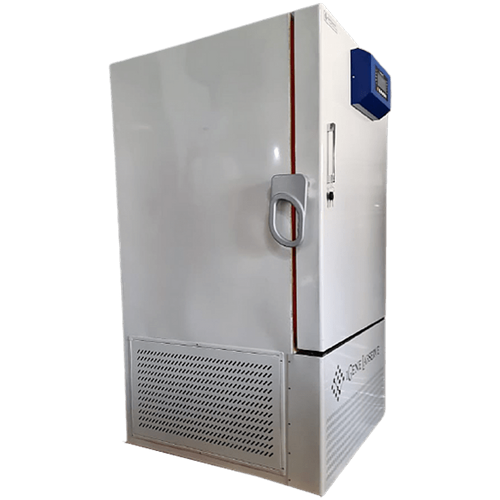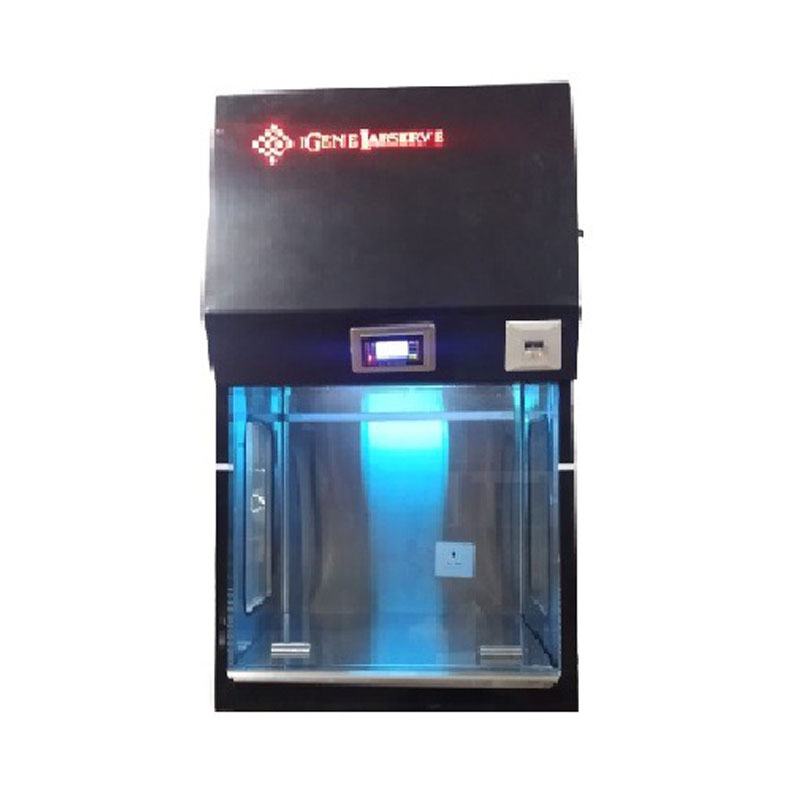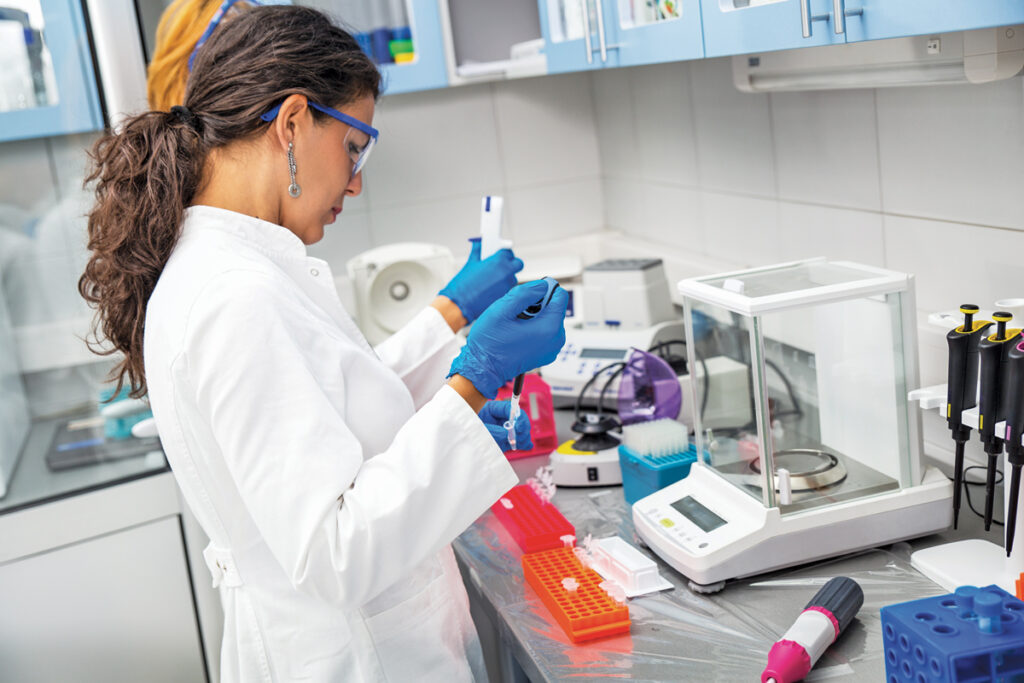Science largely depends on technology, without the aid of scientific instruments that are sophisticated to meet the demands of experiments for testing of existing or new scientific theories and models, science will not be able to progress. The primary aim of scientific instruments is discovery and articulating theories. Scientific instruments are a resource for the research world for not only conceiving new ideas but for increasing production when the research shows proof of benefits to the species it serves. Scientific instruments are tools that support a symbiotic relationship with scientific inventions. Helping scientists finds remedies to crucial study, answering complex questions through everyday reading and behavioral study of specimens aided by instruments that facilitate interdisciplinary research. The migration of simple to applied science is a remarkable achievement of the last century. It is fit to mention here that scientific instruments enable the combined application of bioscience, clinical and environmental science championed by top research facilities, universities, and companies who are innovative thought leaders. An excellent example is during the invention of vaccines to meet the coronavirus, the use of the Laminar Air Flow, Ultra Low Temperature Freezer, PCR machine, extensively aided invention. Let us understand the importance of these scientific instruments in your lab and how they assist scientists to progress in future scientific study and assessments for greater inventions.

Laminar Air Flow
A bio-safety cabinet is enclosed and served with HEPA filtration inside the hood. Samples kept inside the cabinet are protected by different hood types preventing contamination. Some cabinets prevent exposure to users while working in the cabinet with highly communicable samples. This cabinet works with biological samples of a sensitive nature and semi-conductors. The laminar flow hoods are also called Class II Biosafety Cabinets, featuring inward airflow protecting the operator with the HEPA filters exhausting the air protecting the environment. Class II type A cabinets ejects the re-circulate air back to the lab unless it has a warranted canopy connection. The Class II type B cabinets do not let the air pass outside, the Class II type C1 function both in Type A or Type B mode. It is important to use a cabinet that protects both the user and the sample within the enclosed lab and the outside environment. Choose a Laminar Air Flow with care.
What is the working of a Laminar Air Flow?
With the activation of the fluorescent light, large impurities are eliminated by the strong blow of air passing through filter pads. Smaller contaminants are removed by HEPA filters. The lid may open partially or fully. Ensure that the cabinet is wiped in alcohol ( 65-90% pure) dipped cloth. After the procedure, the lid is closed and the blower is turned off. The UV light completely sterilizes the inside of the cabinet. Before using the cabinet ensures that the UV light is turned out, exposure can lead to cancer.
Types of airflow pattern in laminar airflow cabinet
The general airflow pattern in the laminar airflow cabinet is unidirectional, nonunidirectional, and combination airflow.

Ultra Low Temperature Freezer
Storing various samples that require very low temperature till up to -86°C, preserving stem cells, plasma, semen, virus, bone grafts, and several other biological samples in life science research institutes, biological research institutes, pharmacy labs, hospitals, and biotech companies that require them for industrial purposes. Equipped with the latest digital controls today, the inner and outer doors of the freezer lend to better protection of samples stored within. The layering is further consolidated with a silicone rubber gasket that insulates and seals the freezer. Digital aids help in maintaining outstanding digital accuracy. The equipment requires minimum maintenance backed with facilities that aid in scientific observation.
The upright freezer is more accessible but your choice of the freezer should be dependent on your storage bulk and the capacity required by you. The upright freezer comes with adjustable compartments in its interior. The freezer also offers a long stem storage facility for lesser-used items. The removal inventory racks make provision for larger items with a range of temperature controls.

PCR machine
PCR machines also called thermal cyclers regulate the temperature in cycles and amplify the DNA. This tool is essential for molecular study and with time this specialized equipment has undergone a plethora of changes to come up with advanced scientific models that enhance protection with added lid security, reliable heat blockage, advanced hardware functionality. These blocks come with interchangeability that can accommodate various formats from a single tube, strip wells, and multi tubes. Some PCR machines feature dual to multi blocks with the ability to handle multi tasks and experiments. An important consideration when selecting a thermo cycle is temperature ranging from 4°C-99°C is a common temperature ratio. The other complex PCRs can cool to a low of 0°C. Temperature is a huge concern as it is directly related t sample retention. Heated programmable ids minimize evaporation and ensure the even application of heat during a reaction. Facilitated with digital ports enabling connectivity, data sharing, and remote access, select a PCR Machine that provides the best magnification of DNA and RNA segments.
How does the PCR work?
The polymerase chain reaction is a reactive mixture of Taq polymerase, the primers, and excess solution of deoxyribonucleoside triphosphates (dNTPs). The reactive mixture is filled in tubes and passed through thermal cycler heating blocks repeatedly maintaining different temperatures multiple times ranging from 0 to 100°C within the apparatus. Three periods make one cycle in tens of seconds breaking the process into three steps. Two strands of DNA are separated, denatured by increasing the temperature to 94°C and the hydrogen bonds cease to exist as the temperature exceeds 80°C. As the temperature drops hydrogen bonds return to their complimentary stands known as primer hybridization between 40 and 70°C. Short strand sequence hybridizes easily if within the aspect of amplification compared to long stands matrix DNA. As the temperature increases Hybridization becomes selective. Elongation occurs at 72°C where Taq polymerase uses deoxyribonucleoside triphosphates to bind complementary strands to primed single-stranded DNAs using the reaction mixture catalyzing replication. The selectively synthesized fragments from previous cycles are matrix after the application of the predominant strain magnifies with the corresponding DNA hybridizing the primers. The DNA strain is synthesized after the 20-40th cycle. The large sequence doubles at a rapid speed in a short period.
Conclusion
The importance of scientific instruments is recognized by the research community and that is the reason for the development and continuous enhancement of instrumentation technologies. Instruments that are the winning works of Nobel Prize scholars are now widely available and are quite affordable with the contribution of advanced scientific equipment manufacturers like iGene Labserve. To learn more about their instruments visit https://www.igenels.com/.

